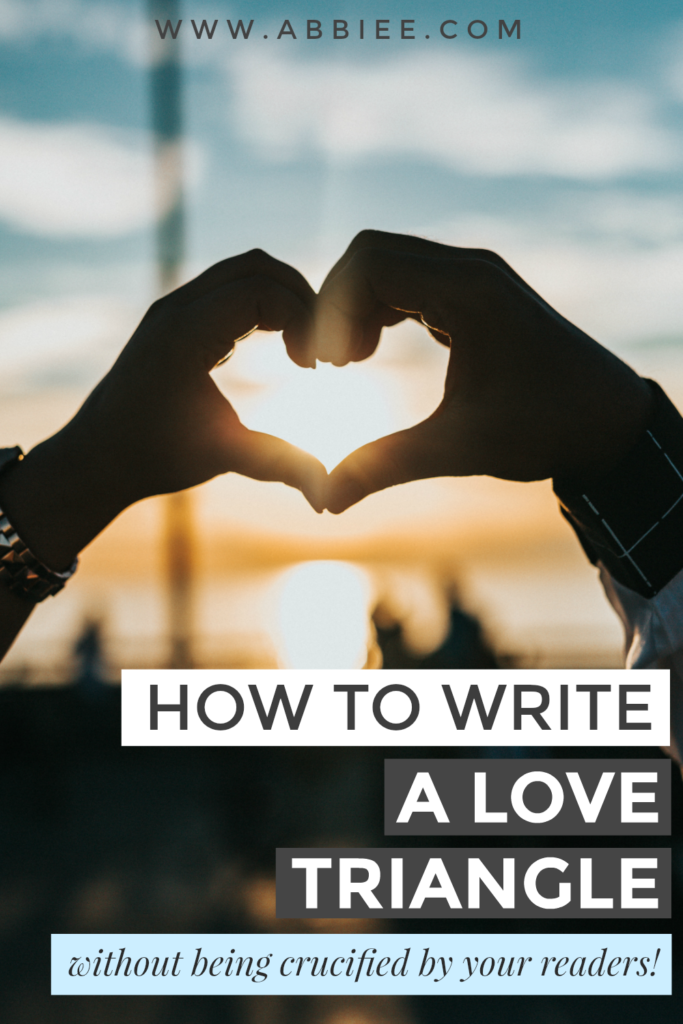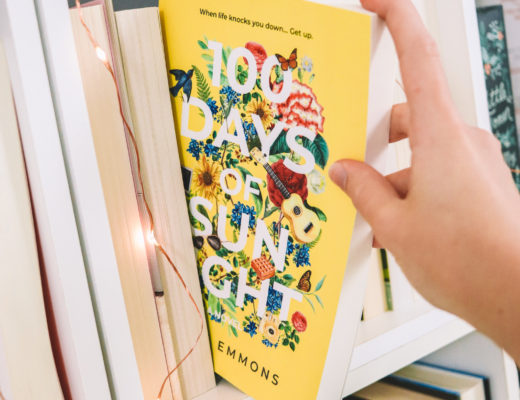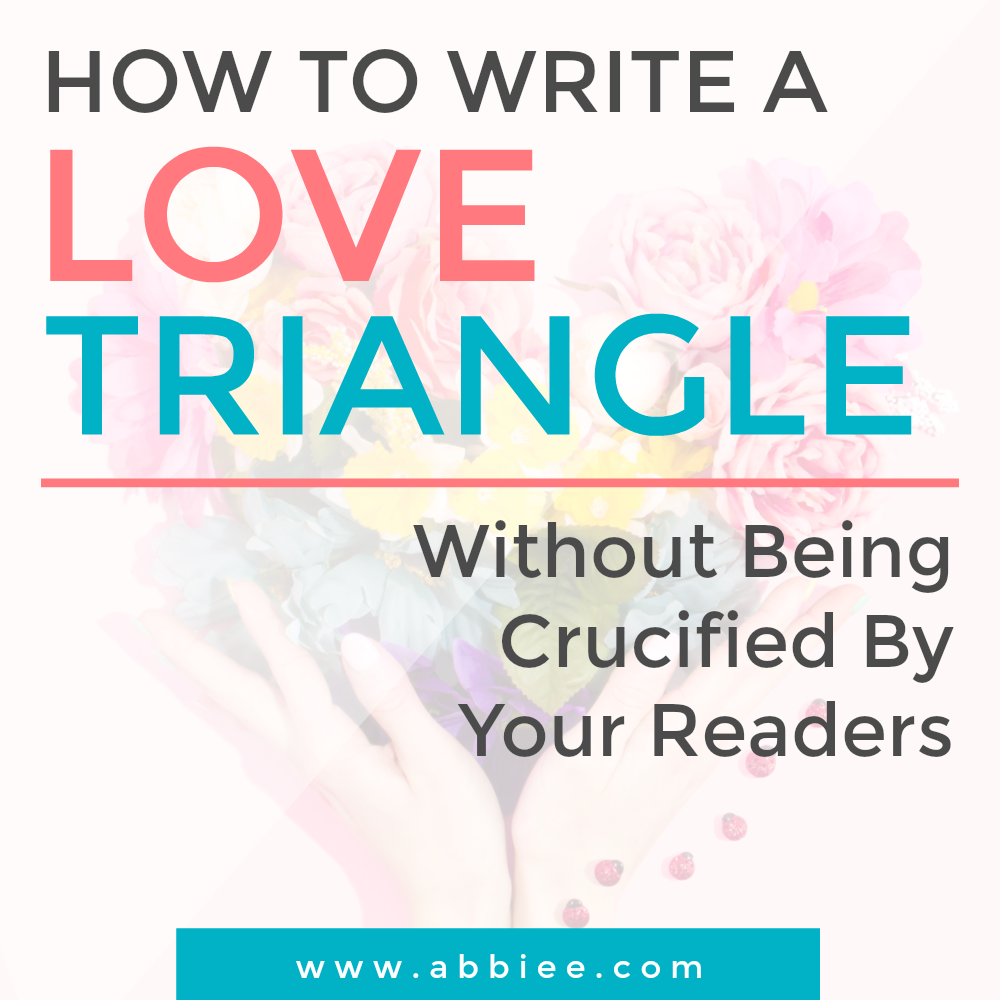
Ah, the love triangle. Otherwise known as a highly overused plot device for romantic fiction that pretty much every reader is fed up with. But is there a way to write a love triangle without being crucified by your readers?
I believe there is a way. And in honor of Valentine’s Day, that’s what today’s post is going to be all about: WRITING AN (ACTUALLY GOOD) LOVE TRIANGLE. We’ve talked about other romance tropes in the past, like insta-love and hate-to-love, but now it’s time to tackle the big one.
The reason why most love triangles are annoying and boring is because they don’t dig into the characters’ internal conflict. Everything’s so surface-level and stagnant, we can predict what will happen from page 1. Who wants to read a book like that? Not me, bro.
So is there a way to make this plot device actually…interesting? Is there a way to revolutionize the idea of the love triangle and bring fresh life to it? YES. I believe there is. And it starts with first knowing what not to do with a love triangle.
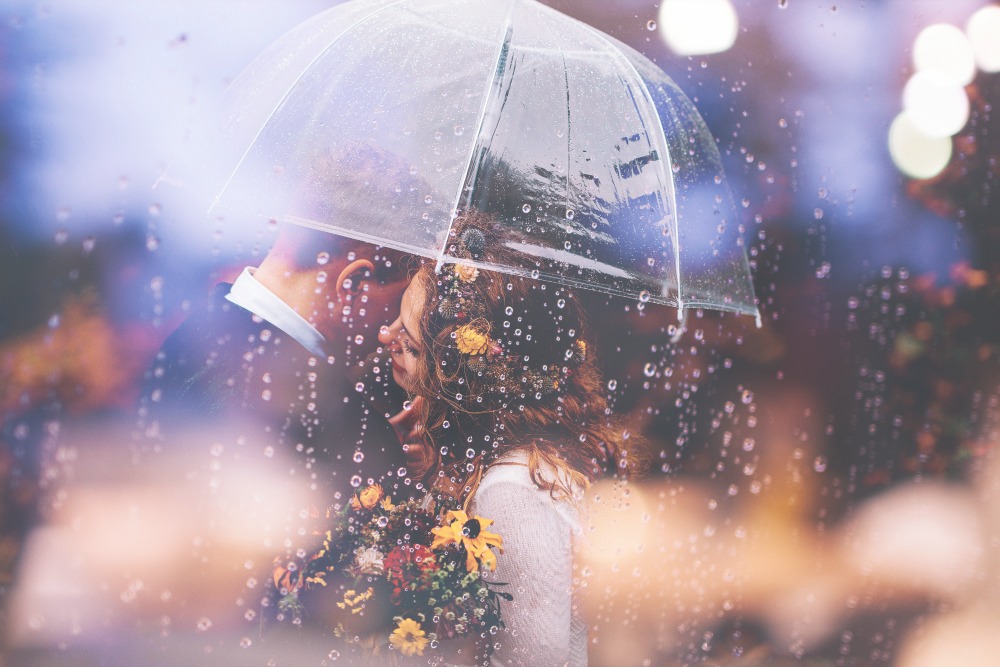
Don’t make your love triangle simple
This pretty much applies to any type of storytelling. If the external event in your story isn’t going to challenge the characters, make them confront their fears, and ultimately upend their entire lives, it isn’t going to hold the reader’s attention for very long. Note: I don’t mean that some EPIC CRAZY THING needs to happen to your protagonist. On the contrary! Even a seemingly small thing can drastically push a person outside their comfort zone.
The reason why we hate most love triangles is because they’re just so…shallow. 99% of the time, the “conflict” begins and ends with: “which one will I choose?” (Not to mention the fact that the reader knows from page 1 which one she will choose.)
Not only is this highly overdone, it’s completely void of that electricity that lights up a story — the internal conflict. AKA: the protagonist being forced to confront their greatest fear, crush their misbelief about the world, and achieve the thing that will ultimately make them happy — all while developing as a character and delivering a powerful message to the reader.
So, in light of that…
Let your love triangle bring out the internal conflict of your characters
Ultimately, every single external thing in your book should be doing this. If something happens, the reader has to know why it matters to the characters. If I can’t see why it matters to the characters, I won’t see why it matters to me.

Here’s the thing: you can use ANY plot device (no matter how cliché it is) in your story if it directly engages with your protagonist’s inner conflict and contributes in bringing them to the depths of despair they will find themselves in before their “aha” moment (the moment that brings their character development full-circle.)
That’s right — any plot device. If the external events in your story are constantly forcing your protagonist closer to their internal issue, they are doing their job and doing it well. And don’t stop at the protagonist! Bring every character’s inner conflict into this mess. How does this love triangle force all three people to either confront or run from their fears?
Make the love triangle a catch-22 for your protagonist
Let’s face it: the only intriguing thing about a love triangle is that it’s a sticky situation for anyone to deal with. If any reader gets even a little bit of enjoyment out of this trope, it’s because we can put ourselves in the shoes of the protagonist and experience a situation that will likely never happen to us in real life.
A good love triangle is a catch-22 situation for the protagonist. They can’t have it both ways, however much they might like to. They have to make a choice, and hopefully the right one. But the choice can’t be as lifeless and dull as “what girl/guy do I want more??” NO NO NO. It goes much deeper than that. It goes all the way to your protagonist’s deepest fear — which, consequentially, is most likely what got them into this “love triangle” situation in the first place.
That means your protagonist’s fear is going to be the only thing standing between them and True Happiness™. The love triangle has created conflict in Protagonist’s life — or rather, brought to light the real conflict that’s been boiling below the surface for a long time now.
OTHER HELPFUL ARTICLES ON WRITING:
- Video Series: How To Craft Relatable And Addictive Characters
- How to Write a Hate To Love Romance that Feels Natural, Believable, and Brilliant
- How to Include All That BACKSTORY in Your Novel (Without Boring Your Readers to Sleep)

Questions you should ask yourself before you write a love triangle
If you’re going to write a good love triangle, you need to ask yourself these questions and really think about the answers. It might take some time to come up with the answers — but trust me, it will be worth it. Not only will you have more clarity and confidence going into your story, but your readers will be so engrossed in the drama, they won’t even notice that you just revolutionized a highly-hated trope.
THE QUESTIONS:
- What is my protagonist’s inner conflict? And how did it lead them into this love triangle?
- If they were being honest with themselves, the real reason they are stuck in this love triangle is because…
- How does this love triangle force all three people to face their fears?
- What would it take for the protagonist to overcome their fear and make the right choice?
Conclusion
ALL THIS TO SAY…yes. There is a “right way” to do love triangles, in my humble opinion. When you’re constantly drawing on the inner conflict of your protagonist, it’s impossible to not engage the reader.
I know I didn’t use a story example today, as I typically do — that’s because I haven’t seen many love triangles done well. SERIOUSLY. I can think of, like, two.* But that doesn’t mean you can’t write a good love triangle. I believe you can. I believe I can (and have lol…hopefully you like it when you read the book someday — even if you’re a professed love-triangle-hater.)
*the Ross/Elizabeth/Demelza triangle in Poldark and the Laura/Fisher/Daniel triangle in Lark Rise to Candleford. but since I don’t know many people who obsessively watch BBC Masterpiece, I’ll keep my fangirling to myself. :”)

TALK, BRO
Do you hate love triangles with a fiery passion? Has this post changed your mind about them, even just a little? Would you ever try writing a love triangle someday? Or have you already written one? What is a good example of a well done LT in fiction or film?
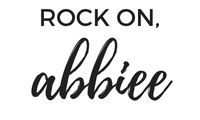
LOVE THIS POST? PIN IT!
